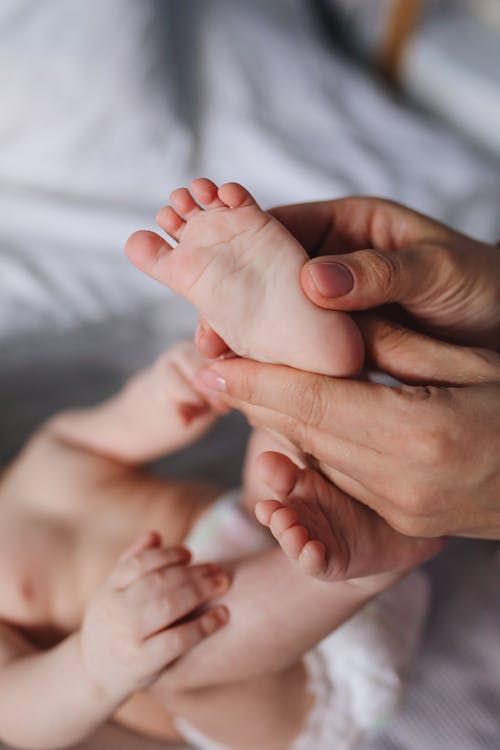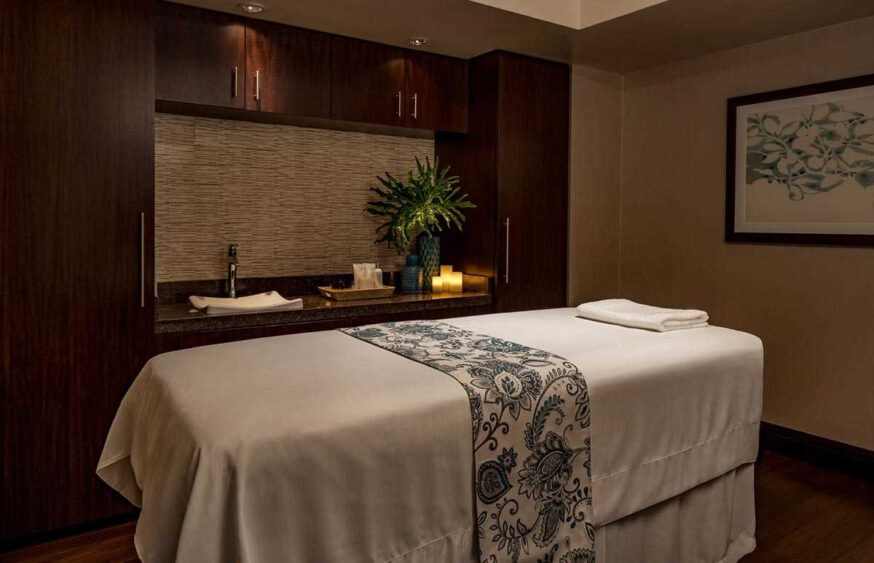10 Natural Ways to Take Care of Your Baby's Skin The Baby’s skin is very delicate and thin. This means that the skin is very sensitive and can easily react to the weather temperature as well as be irritated. Irritability...
10 Natural Ways to Take Care of Your Baby's Skin

The Baby’s skin is very delicate and thin. This means that the skin is very sensitive and can easily react to the weather temperature as well as be irritated. Irritability can be caused by a variety of substances but mainly through the chemicals contained in the products you use on the baby. Avoiding these chemicals can be as easy as buying organic products, but here are 10 other options for you.
1. Unplugged disposable nappies.
The Choice website states: As far as dioxins are concerned, there is a family of organochlorine that contains one of the most toxic substances ever made. In the past, traces of dioxin have been found in chlorine-bleached white paper and pulp products, including disposable nappies. Nowadays, however, nappies are usually oxygen-bleach (using hydrogen peroxide), which does not make dioxin.
However, do we know what results in hydrogen peroxide will bring? There are completely unused disposable nappies on the market that ensure that your baby is not exposed to any bleach.
2. Never use talc on a baby.
Why Contamination of sores or body cavities along the palate causes granuloma. Inhalation of talc can cause respiratory irritation. Prolonged exposure to talc can produce pneumococcosis. Talc is responsible for being heavily contaminated with bacteria including Clostridium tetani, CL cardamom, and Bacillus anthracis, so it should be sterilized. Martin del 31p1096, 1745, 1407 Organic tales are usually made with cornflour, arrowroot, and white clay and are surprisingly safe and very effective in keeping baby's skin dry.
3. Massage the oils after bathing.
Avoid mineral based oils as they contribute to dryness of the skin when absorbed. Instead, use natural and organic oils that keep the baby's skin calm and moisturized. Try products that contain sweet almond oil, coconut oil, sunflower oil, and essential oils of chamomile, rose, lavender, and mandarin. But always remember to patch the test first and watch for any redness or irritation. Don't use it when that happens! You only need less than a teaspoon of oil to massage into your baby's skin.
4. Natural bottom wipes.
Homemade wipes can be made easily. Cut a roll of strong paper towel (longevity is great) in half. Take out the cardboard inner roll. Mix two cups of water with almond sweet almond oil and a cup of organic baby wash. Place half of the roll in a container and pour over the solution. Store in a container. Or just mix a cup of cold chamomile tea and a teaspoon of honey well for a wiping measure. Honey is a natural antiseptic so it is great for keeping baby's lower germs free and will help treat existing nappy rash.
5. Soap-free washing/bathing.
Newborns can be wiped off gently and easily with rose hydrosol. This is distilled water which contains healing and soothing fragrant rose extracts for the most sensitive to skin types and it is very economical as you use only a small amount. Babies should be washed with an organic baby wash because adult products contain harsh ingredients that can irritate the baby’s skin. Use baby washes.
6. Wash baby clothes and Manchester.
Always wash baby clothes and Manchester before using in pure soap bunches or gentle skin sensitive washing solution. Do not add water softeners or conditioners as these can irritate the skin. Dissolve the flakes in a little warm water before adding to the washing cycle. Baby clothes and sheets etc. do not need to be disinfected, just dry in the sun.
7. Using Organic Baby Lotion.
Organic baby lotions can be used as an alternative to massage oils and help protect baby's skin from drying out. However, the baby's skin is sensitive so monitor the results carefully and stop using if there is any redness or irritation.
8. Taking a nap of clothes.
Washing clothes at 65C or warmer temperatures and then drying them directly in the sun should eliminate any harmful germs as ultraviolet light has a sterilizing effect and natural bleaching ability. Soak natural nappies: Fill half a nappy bucket, then add a quarter of a cup of soda bicarbonate and swim to dissolve, add 3 drops of lavender essential oil and 3 drops of tea tree essential oil. Soak the napkin in it overnight then wash as usual. Add half a cup of white vinegar to the final rinse for soft nappies. Always make sure that the lid of the nappy bucket is firmly in place and always out of reach of children.
9. Umbilical stump tips.
The umbilical cord should be kept clean and dry until it falls naturally. Fold the baby's nappy under the stump so that it is exposed to air and does not urinate. Avoid bathing your baby in the bathtub until the stump falls off. Try using the hydrosol wash mentioned above. Studies have shown that leaving the stumps to dry naturally is the fastest way. Do not apply any drying agents as they may cause irritation.
10. Caring for the crib cap.
The crib cap is the result of overactive glands in your baby's scalp and is not dangerous.
It looks like a sack that encloses with a drawstring. This drying is attributed to the hormones that the mother gives to her baby at birth and can continue for many months. The gentlest and safest way to fix a cradle cap is to wipe the area with sweet almond oil, leave it on for about five to ten minutes, and then wash the baby's scalp with an organic baby wash or shampoo... Do not leave the oil on the scalp as it
messes up the glands.
Organic baby products that are completely safe to use on your baby are readily available online and through a chemist. Now there is no excuse to use chemicals on your child! The cradle cap is the result
of overactive glands in you












